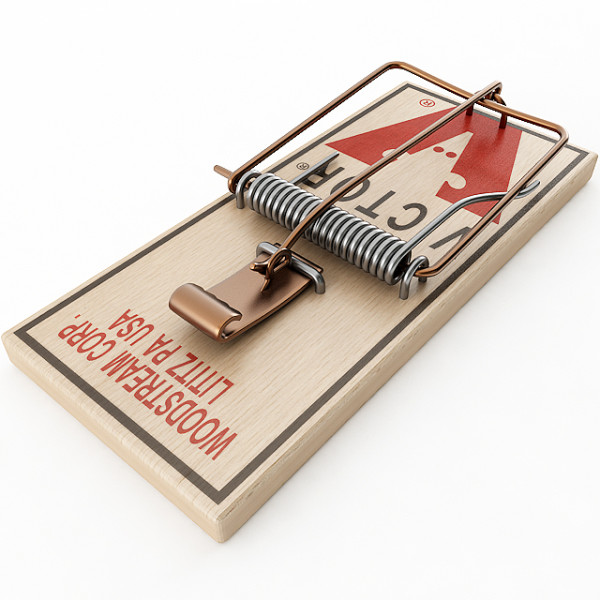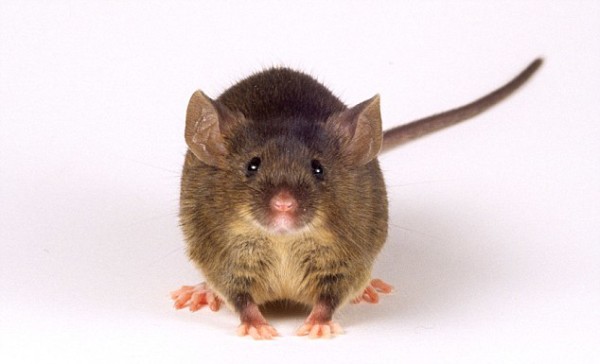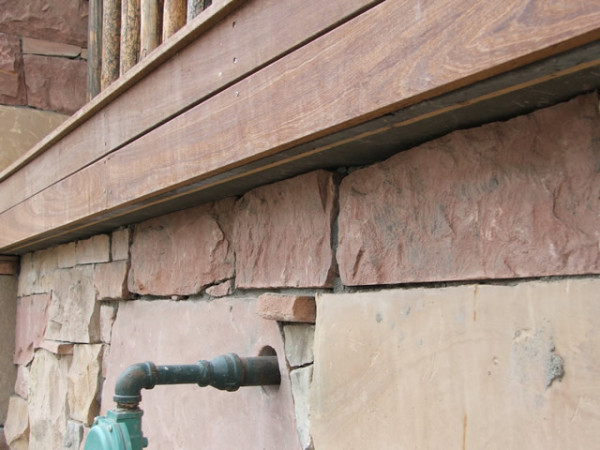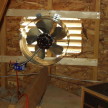Mice Problems
Getting Rid of Mice
Mice don’t care if you live in a pristine home or a cardboard shack, if you have what they want, they’re moving in!
Mice tend to enter homes though small gaps in floors and foundations and holes in walls such as; plumbing, electrical and venting service holes. Mice enter homes through cracks and holes found in walls, floors and foundations. Due to their body shape, mice are capable of fitting through holes much smaller than their size. I’ve been told that a mouse can squeeze through a hole the size of a nickel.
When outside temperatures drop, mice will come indoors to be safe and warm, the problem is that they proliferate quickly.
If you think mice might be targeting your home, here is some advice for seeing if they are already inside, how to get rid of them, and how you can keep them from entering in the future.
Sounds such as gnawing, climbing in walls, running across the upper surface of ceilings, and squeaks are common where mice are present.
Do Mice Cause Problems?
Rodents can carry diseases and can also cause minor damage in homes, such as:
Damage to furnishings, internal structures, insulation and electrical wiring. Chewing wiring is a particular problem – it can lead to fires and be expensive to repair.
Do you have Mice?
Mice will make noise and leave their droppings around the house. If you listen at night, you can often hear them rustling around in your walls or ceilings. Nests frequently are found when cleaning garages, closets, attics, basements, and outbuildings where mice are present. They consist of fine, shredded fibrous materials
Odors may indicate the presence of house mice. A characteristic musky odor is a positive indication that house mice are present.
In the kitchen you may find small holes gnawed into cereals boxes or bread bags. While they prefer seed and grain they will eat, food containing protein, or sugar such as; chocolate, butter, and nutmeats.
Mice leave droppings on the paths they travel, look inside drawers, in basement areas or anywhere they may have eaten.
Tracking Tip:
Not sure you have mice? Sprinkle flour, baby or talcum powder in area you think they may be traveling and leave it in place for a few days. If mice are present in those areas you’ll have little while tracks through the white power.
How Do You Get Rid of Your Mice?
While an exterminator can certainly get rid of mice for you, many of the steps they will take can be done yourself, saving hundreds of dollars.
Remove Food Sources:
Finding and eliminating mouse food source is the best way to get them to move one. Clean up any spills and all crumbs in cabinets, drawers and counters. Toasters are a big attraction to mice because of the crumbs. The key is to keep these areas clean!
Purchase glass, metal or plastic containers to store dry foods like grains, cereals, etc.
Some sources that a lot of people overlook are dog food dishes, bird feeders and grass seed. Bird feeders, lose seed on ground, close to your house, and grass seed left in the garage can also attract mice.
Seal penetrations:
Walk around the perimeter of your home and seal gaps or holes with steel wool. Install Pest-Block expanding foam, caulk around the steel wool to keep it in place.
Use lath screen or metal screen lath, cement, or metal sheeting to fix larger holes.
Here is a list of areas to search for entry points:
- Along the foundation and house sill connection.
- Attic vents and crawl space vents.
- Around holes for vents, electrical, plumbing pipes, cable, and gas lines.
- Inside, under, and behind kitchen cabinets, refrigerators and stoves.
- Around the pipes under sinks and washing machines.
- Inside the attic.
- In the basement or crawl space.
- Between floor and wall junctures.
- At roof rafters, gables, and eaves locations. An opening in a soffit will allow mice to get into your attic and then right down into your home.
- Around windows and doors.
- Around the fireplace.
 Set Traps:
Set Traps:
Set up mouse traps in mice problems areas and areas well-traveled.
Old fashioned spring traps work well, are humane, inexpensive and do not transfer poison to other predators like cats, owls, foxes, etc. Live traps need to be checked daily and the mouse should be released a quarter mile away.
Set up your traps along the walls where the mice travel. Mice tend to move along walls and not across rooms.
Tip: Place the traps in place without bait for a few days to allow the mice to become accustomed to them. After a few days, bait your traps with a raison coated with peanut butter or chocolate. Give the traps a couple of days and if they don’t capture any mice, relocate them to a different area.











